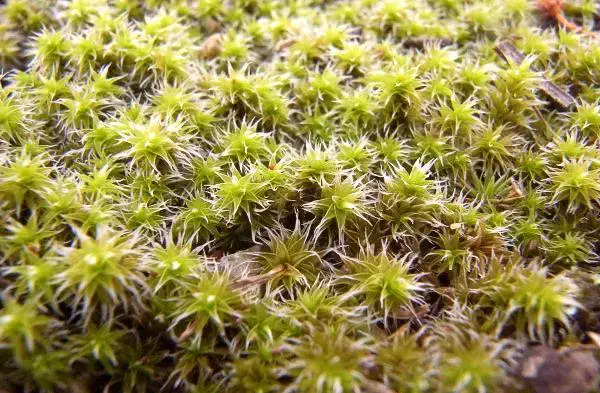
06-17-Racomitrium-ericoides2.jpg from: https://www.britishbryologicalsociety.org.uk/bryophyte-of-the-month/racomitrium-ericoides-2/
Introduction
In the vast and captivating world of bryophytes, the Racomitrium ericoides (Brid.) Brid.
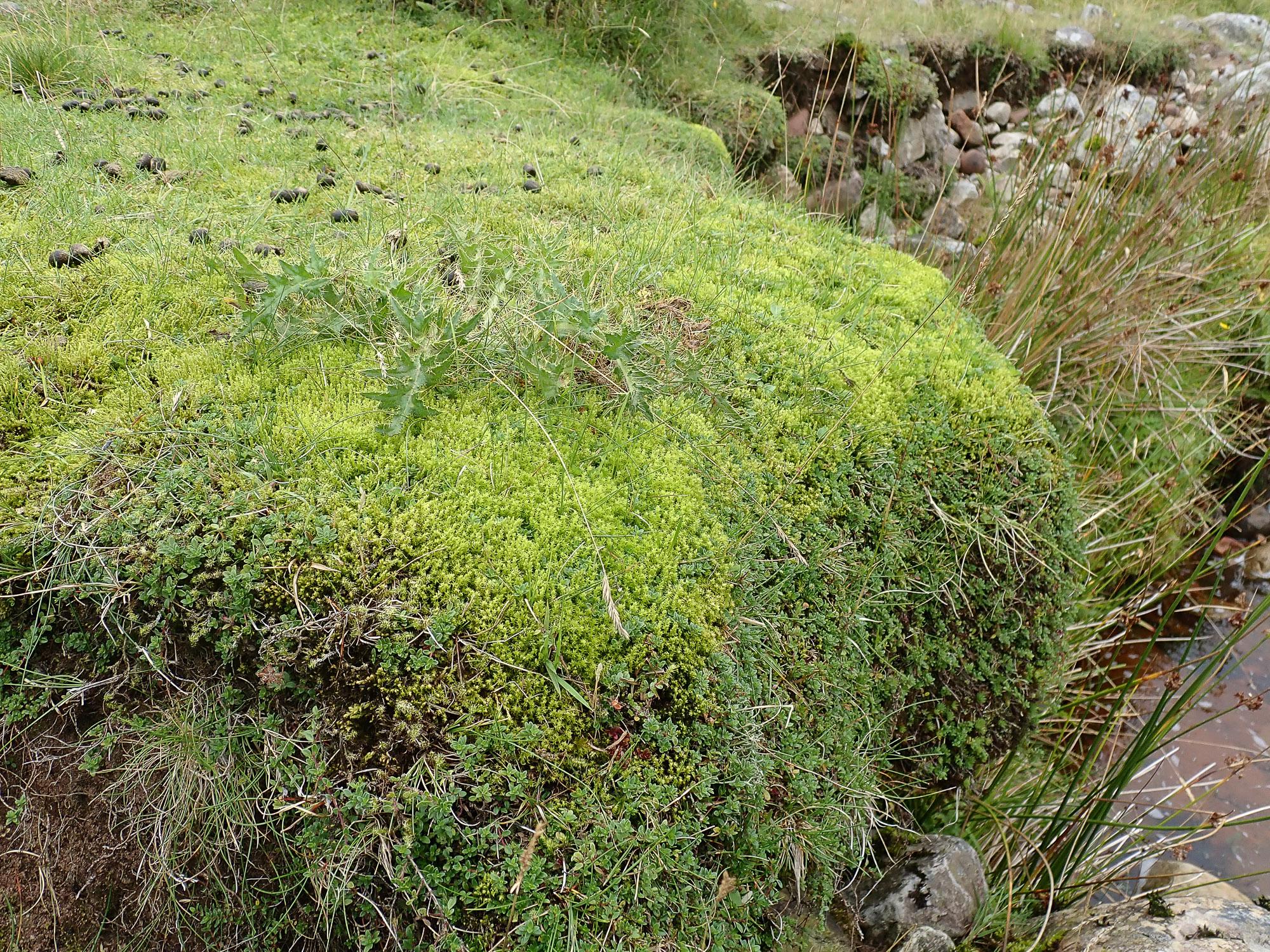
2021-08-22-11-54-42.jpg from: https://www.britishbryologicalsociety.org.uk/learning/species-finder/racomitrium-ericoides/
moss stands out as a remarkable species. Belonging to the Grimmiaceae family, this unassuming yet resilient moss is commonly referred to as
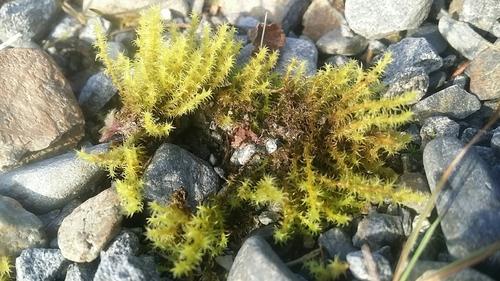
medium.jpg from: https://www.inaturalist.org/taxa/167682-Racomitrium-ericoides
Racomitrium
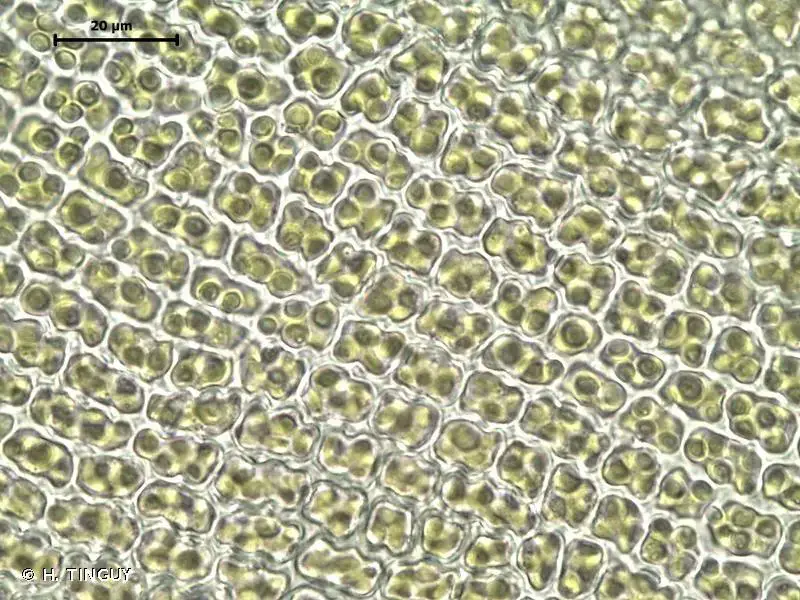
409524.jpg from: https://inpn.mnhn.fr/espece/cd_nom/5577
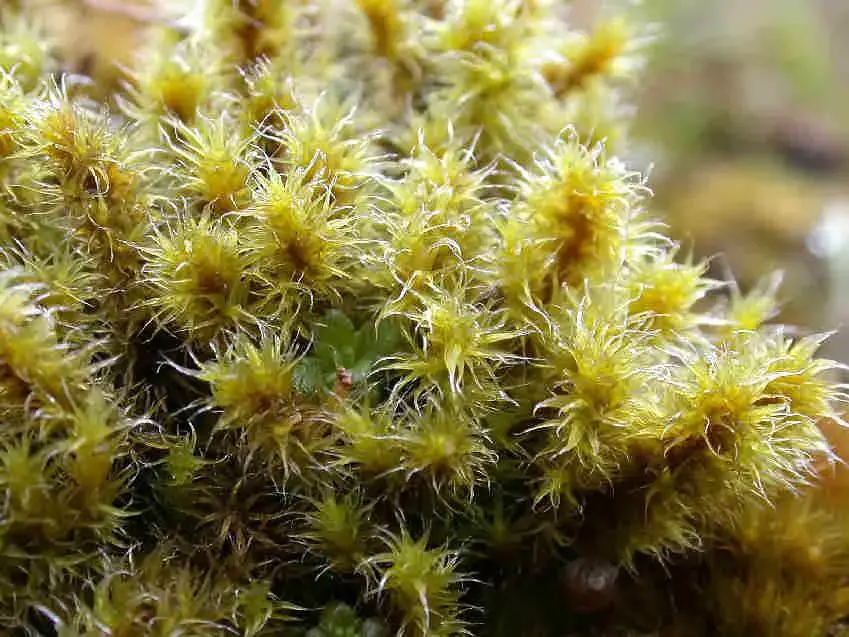
Racomitrium_ericoides_007.JPG from: https://cisfbr.org.uk/Bryo/Cornish_Bryophytes_Racomitrium_ericoides.html
. Its unique characteristics and adaptations have earned it a special place in the hearts of moss enthusiasts worldwide.
Background
Before delving into the intricacies of Racomitrium ericoides, it’s essential to understand the broader context of bryophytes. These non-vascular plants, which include mosses, liverworts, and hornworts, are often overlooked but play a crucial role in various ecosystems. They are among the oldest land plants on Earth, with a rich evolutionary history dating back millions of years.
Main Content
Morphology and Identification
Racomitrium ericoides is a small, tufted moss that forms dense cushions or mats. Its stems are erect and branched, typically reaching a height of 2-5 centimeters. The leaves are narrow, linear-lanceolate, and have a distinctive hair-like tip called an awn. These awns give the moss a bristly appearance, earning it the nickname “bristle moss.”
One of the most remarkable features of Racomitrium ericoides is its ability to change color. When dry, the moss appears grayish-green or brownish, but upon rehydration, it transforms into a vibrant, deep green hue. This color change is an adaptation that helps the moss conserve water and survive in harsh, dry environments.
Global Distribution and Habitat
Racomitrium ericoides is widely distributed across the Northern Hemisphere, including Europe, Asia, and North America. It thrives in a variety of habitats, from rocky outcrops and cliffs to dry, acidic soils in heathlands and coniferous forests. This moss is particularly well-adapted to survive in exposed, nutrient-poor environments, where it often forms extensive mats or cushions.
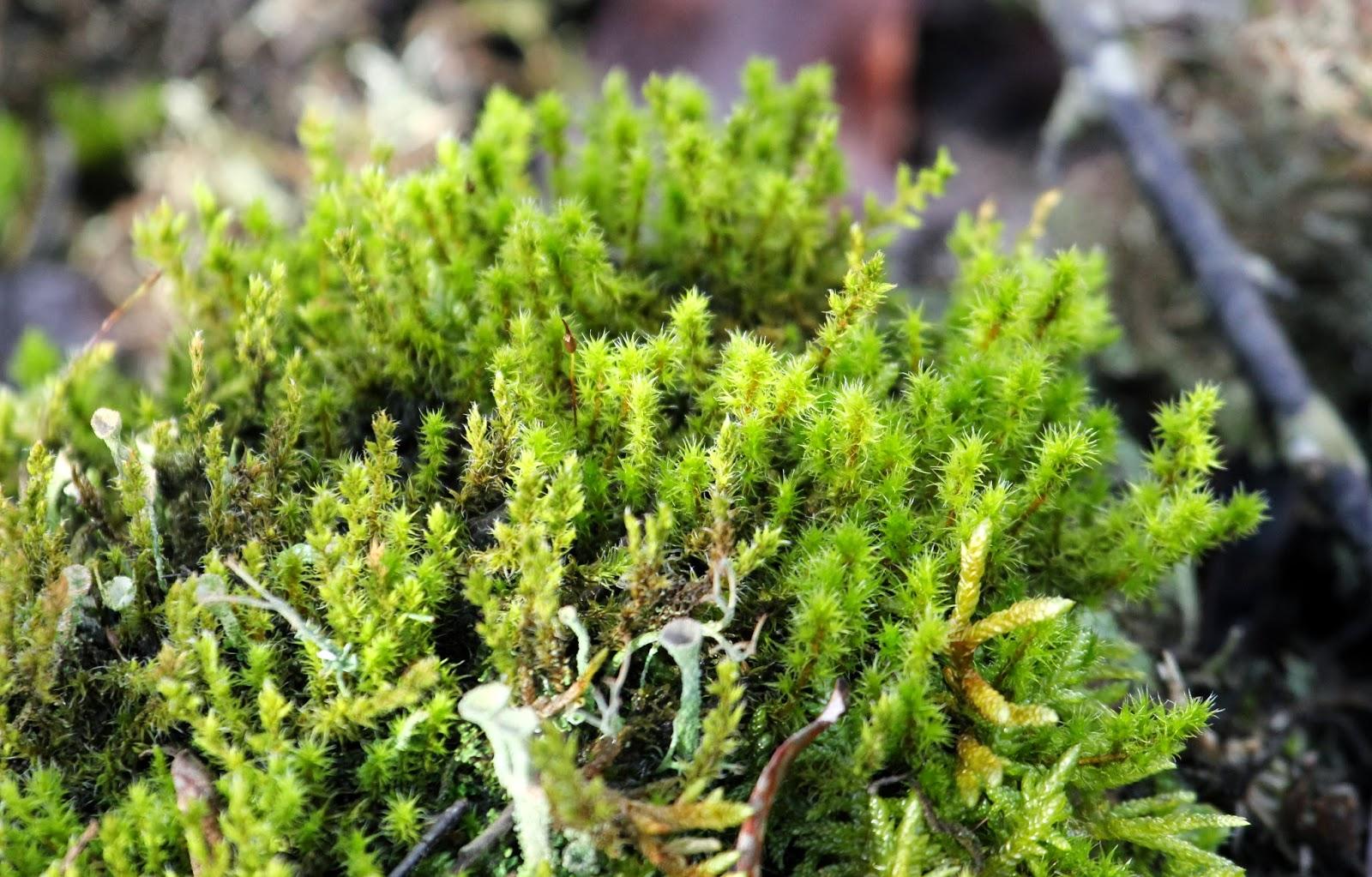
RacomitriumEricoides-Cul-20140210-IMG_2832.JPG from: https://bryobits.blogspot.com/2014/02/racomitrium-ericoides.html
Ecological Roles and Adaptations
Despite its small size, Racomitrium ericoides plays a significant role in various ecosystems. Its dense mats help stabilize soil, prevent erosion, and provide a microhabitat for other organisms, such as insects and microorganisms. Additionally, the moss acts as a pioneer species, colonizing bare rock surfaces and facilitating the establishment of other plant species.
One of the most remarkable adaptations of Racomitrium ericoides is its ability to tolerate desiccation. During dry periods, the moss can lose up to 98% of its water content and enter a state of dormancy, only to revive and resume growth when moisture becomes available again. This remarkable ability is facilitated by specialized cells and structures that help the moss retain water and protect its delicate tissues.
Case Studies/Examples
In the Scottish Highlands, Racomitrium ericoides is a key component of the unique and threatened Racomitrium heath habitat. These heaths are characterized by extensive mats of Racomitrium moss, interspersed with dwarf shrubs and other plant species. Conservation efforts are underway to protect these fragile ecosystems, which are threatened by factors such as overgrazing, trampling, and climate change.
Technical Table
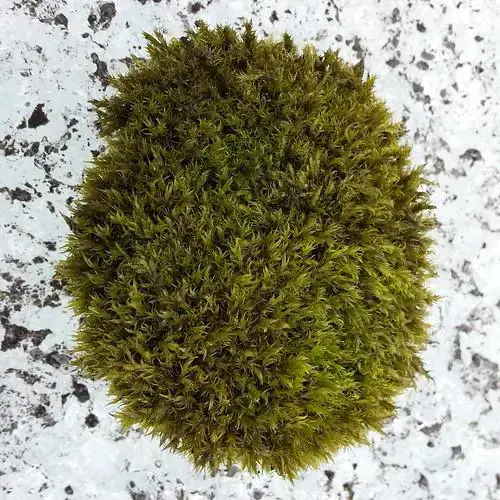
10295227314_b97039369d.jpg from: https://www.flickr.com/photos/7208148@N02/10295227314/
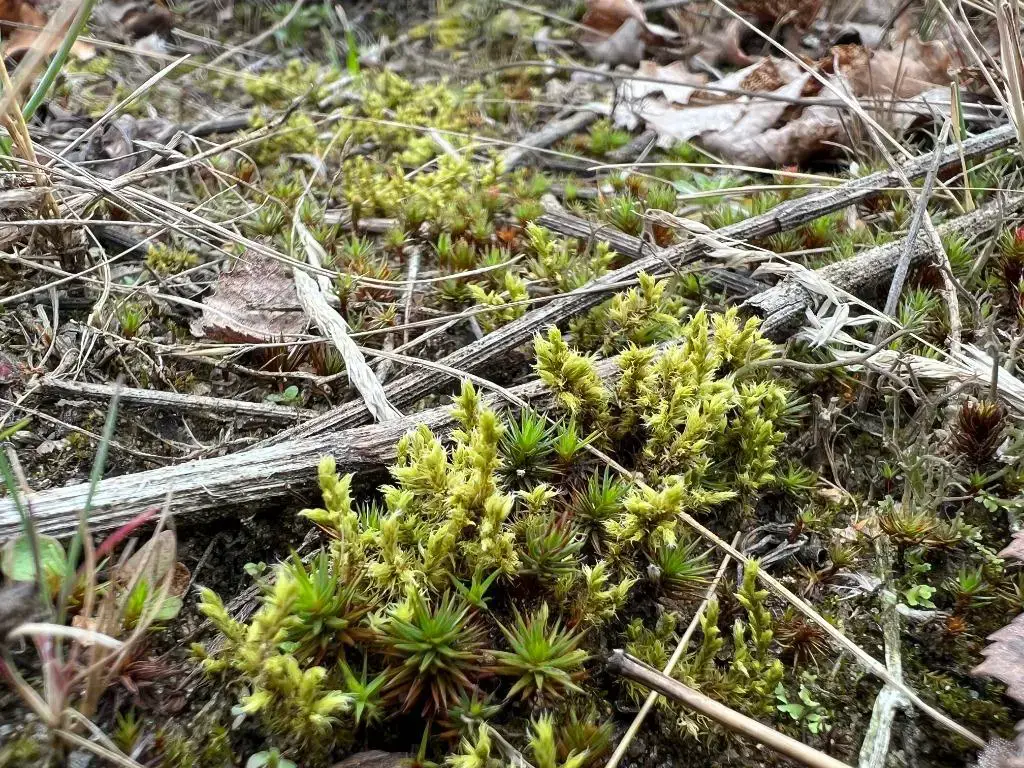
obsfoto_8b49d496-e555-431c-8573-2bf465d40642.jpg from: https://www.naturbasen.dk/art/8669/taetgrenet-boerstemos
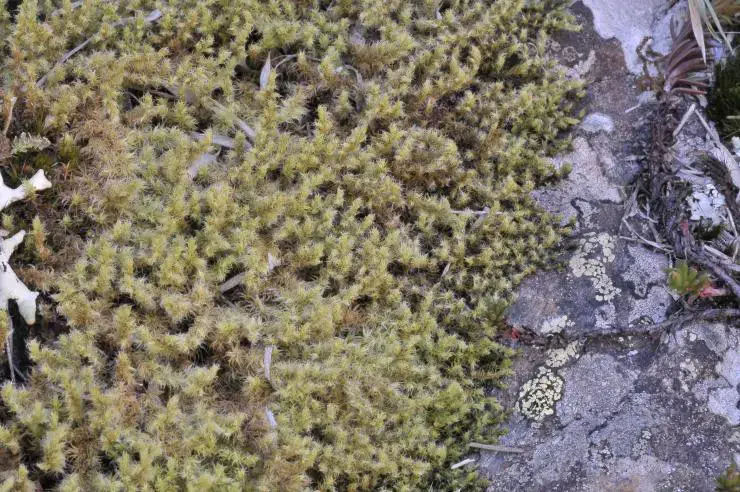
6cfbc5011a7047ab8fd88565c67f3284.jpg from: https://openmuseum.tw/muse/digi_object/6696b4cfdb04e8001b92ec23e542464d
| Characteristic | Description |
|---|---|
| Phylum | Bryophyta |
| Class | Bryopsida
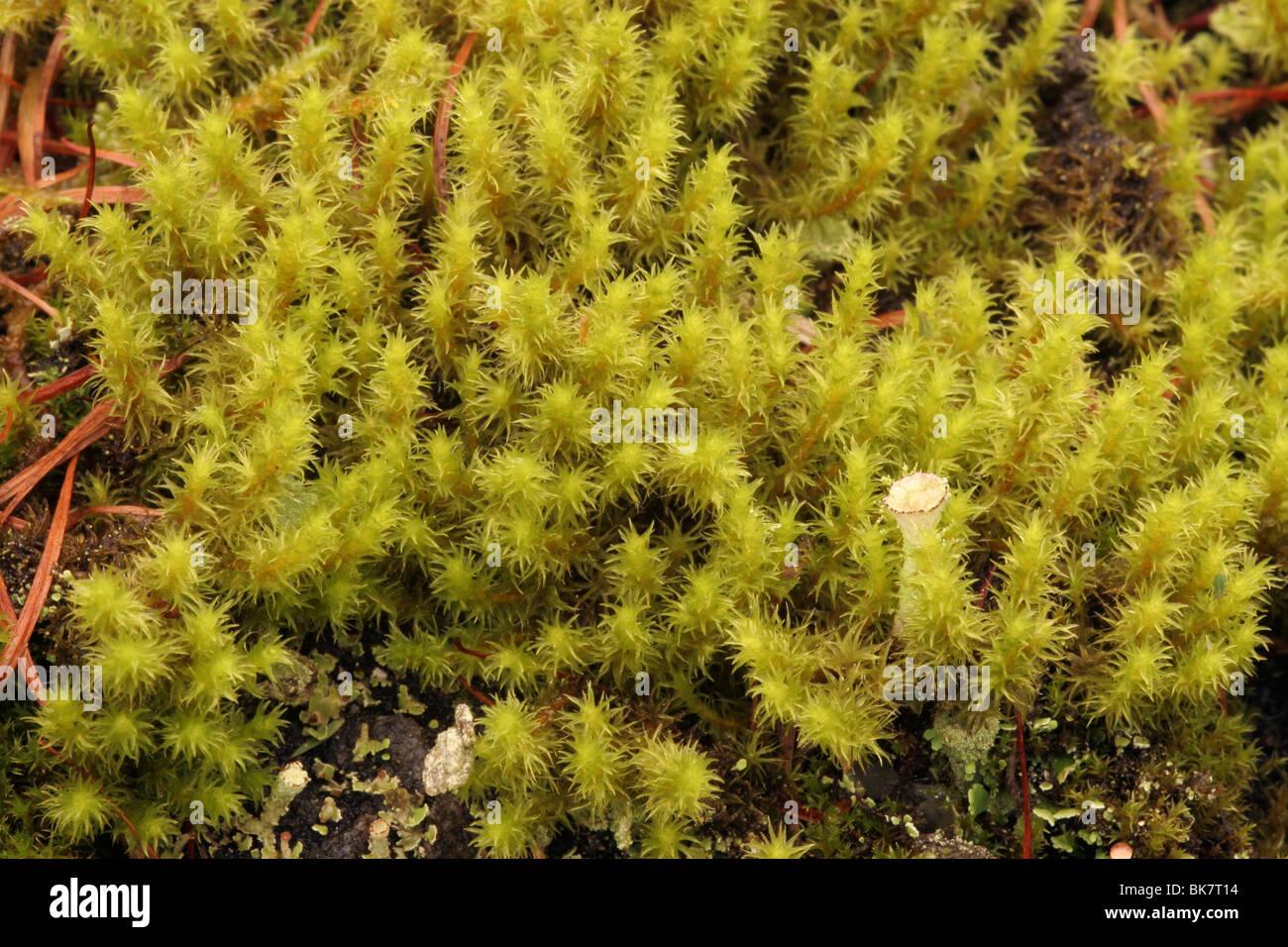 dense-fringe-moss-racomitrium-ericoides-on-moorland-uk-BK7T14.jpg from: https://www.alamy.com/stock-photo-dense-fringe-moss-racomitrium-ericoides-on-moorland-uk-29061344.html |
| Order | Grimmiales |
| Family | Grimmiaceae |
| Genus | Racomitrium |
| Species | Racomitrium ericoides (Brid.) Brid. |
| Common Name | Bristle Moss, Racomitrium Moss |
| Growth Form | Tufted, cushion-forming |
| Leaf Shape | Linear-lanceolate, with hair-like awns |
| Color | Grayish-green to brownish (dry), deep green (hydrated) |
| Habitat | Rocky outcrops, cliffs, dry acidic soils, heathlands, coniferous forests |
| Distribution | Northern Hemisphere (Europe, Asia, North America) |
Conclusion
The Racomitrium ericoides (Brid.) Brid. moss, or Racomitrium, is a true marvel of nature. Its ability to thrive in harsh environments, its unique morphology, and its ecological significance make it a fascinating subject for moss enthusiasts and naturalists alike. As you explore the world of bryophytes, take a moment to appreciate the resilience and beauty of this unassuming yet remarkable moss species. Who knows what other wonders await discovery in the intricate tapestry of the natural world?